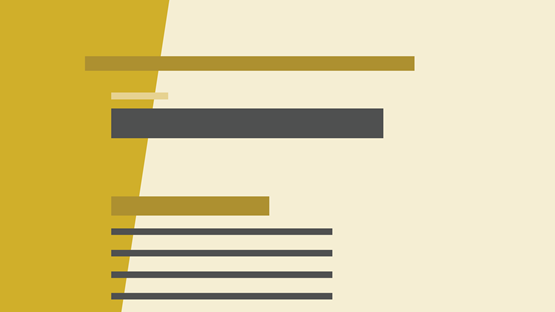Abstract
We find that the welfare gains to being at the optimum quantity of debt rather than the current U.S. level are small, and, therefore, concerns regarding the high level of debt in the U.S. economy may be misplaced. This finding is based on a model of a large number of infinitely-lived households whose saving behavior is influenced by precautionary saving motives and borrowing constraints. This model incorporates a different role for government debt than is found in standard models, and it captures different cost-benefit trade-offs. On the benefit side, government debt enhances the liquidity of households by providing an additional means of smoothing consumption and by effectively loosening borrowing constraints. On the cost side, the implied taxes have adverse wealth distribution and incentive effects. In addition, government debt crowds out capital via higher interest rates and lowers per capita consumption.
[Technical Appendix](https://doi.org/10.21034/sr.203_1 "Technical Appendix")
[Additional files](https://researchdatabase.minneapolisfed.org/downloads/fq977t82 "Additional files") and [M-files and ftools] (https://researchdatabase.minneapolisfed.org/downloads/4x51hj04n "M-files and ftools")





